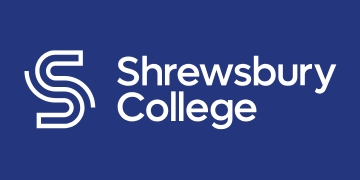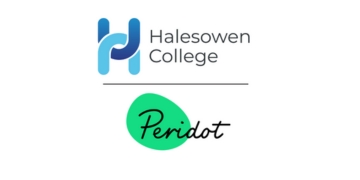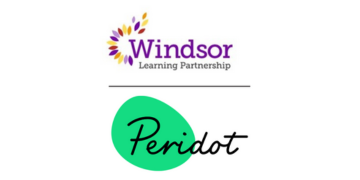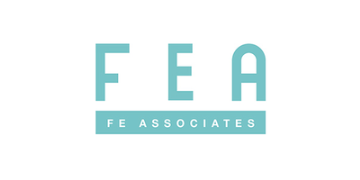As chair of Kreston Global’s academies group, publishers of the 2022 Academies Benchmark Report, and head of education at accountants Bishop Fleming, I draw two conclusions from our newly published data. First, that the impact of a second year of lockdowns on academy trust finances is significant. And second, that the sector’s apparent financial health is potentially misleading.
The headlines are likely to focus on a second record year of surpluses for secondary academies and multi-academy trusts (MATs). And it’s true that gains resulting from temporary school closures, no exam fees and reduced costs for supplies, utilities and facilities management have been bolstered by government grants, exceeding any loss of trading income.
But all is not as rosy as it seems. The long-term impact of Covid, staffing shortages and rising energy prices, at a time when schools are advised to keep windows open to increase ventilation, present uncertainties. And that’s before we even get to tackling pupil absence.
Reserves
As trusts grow in size, their average free reserves per pupil decrease significantly. MATs with fewer than 250 pupils had average reserves of £3,123 in 2021, for example. But this decreases to £517 for trusts with 5000+ pupils, highlighting larger MATs’ abilities to spread risk and make economies of scale.
In November 2021, the National Audit Office (NAO) reported that more than one in five trusts had reserves equivalent to 20 per cent or more of annual income. Our findings suggest this is nearer 15 per cent.
The NAO report also compared the average cumulative surplus per pupil in the maintained sector – £337– with the per pupil surplus in the academy sector – £689. At first glance this looks like a substantial difference, but we must consider context.
For a start, it’s widely acknowledged that primary schools are more limited in their ability to find the savings than secondaries, and approximately 75 per cent of secondary schools have converted to academy status, compared with only around 33 per cent of primaries.
And given that the academy sector is composed of larger schools on average, you would expect them to hold slightly larger reserves – just as figures from the Academies Benchmark Report suggest.
Nevertheless, it does beg the question of whether nearly twice the reserve is justified.
Incomes and expenditures
Looking closer at the detail, we find that MATs and primaries have seen an increase in total income per pupil, while secondaries have seen a small decrease. But the movement for MATs is more unpredictable as academies join and leave trusts and capital funding changes. MATs often have larger self-generated income too, which has suffered because of lockdowns.
When it comes to expenditures, we continue to see a fall in education costs that started before the pandemic. However, with energy costs about to soar, academies will need to review their energy use to balance budgets (and to help tackle climate change).
But the biggest challenge the sector faces is staffing, which extra funding alone – substantial though it has been – won’t solve. There have been reductions in the per-pupil cost of both permanent teaching and supply staff in secondaries and MATs, highlighting that more has been spent on non-teaching staff proportionately. But the drop-off in recruitment and concerns over post-pandemic retention loom large.
And finally, maintenance costs have reduced to an all-time low in 2021. However, these will increase again as a result of catch-up programmes.
Impact on cash
The government has committed nearly £5 billion to helping pupils catch up on lost learning, and £1 billion in catch-up premium and tutoring support has already been received in the 2020/21 academic year.
Although this does not have a direct impact on in-year surpluses, because these extra funds are typically restricted grants, it does have a significant impact on cash balances. This is primarily because a large chunk of funding had not been spent at year-end, resulting in a build-up of unspent restricted funds.
But the colossal effort of recovery has hardly begun, and this money will be swiftly spent. To be clear, no school is in a particularly advantageous position as the pandemic rumbles on.
















Your thoughts